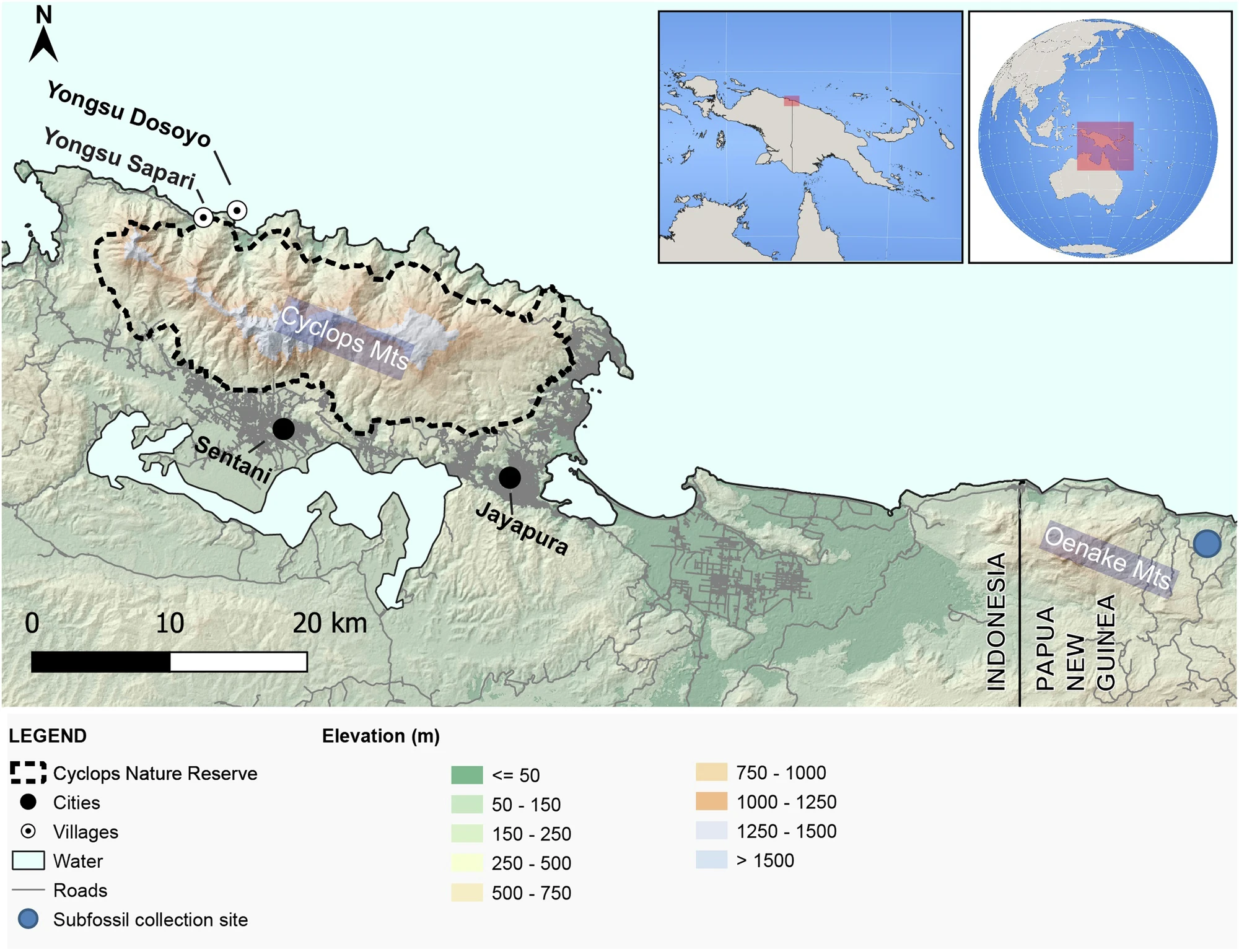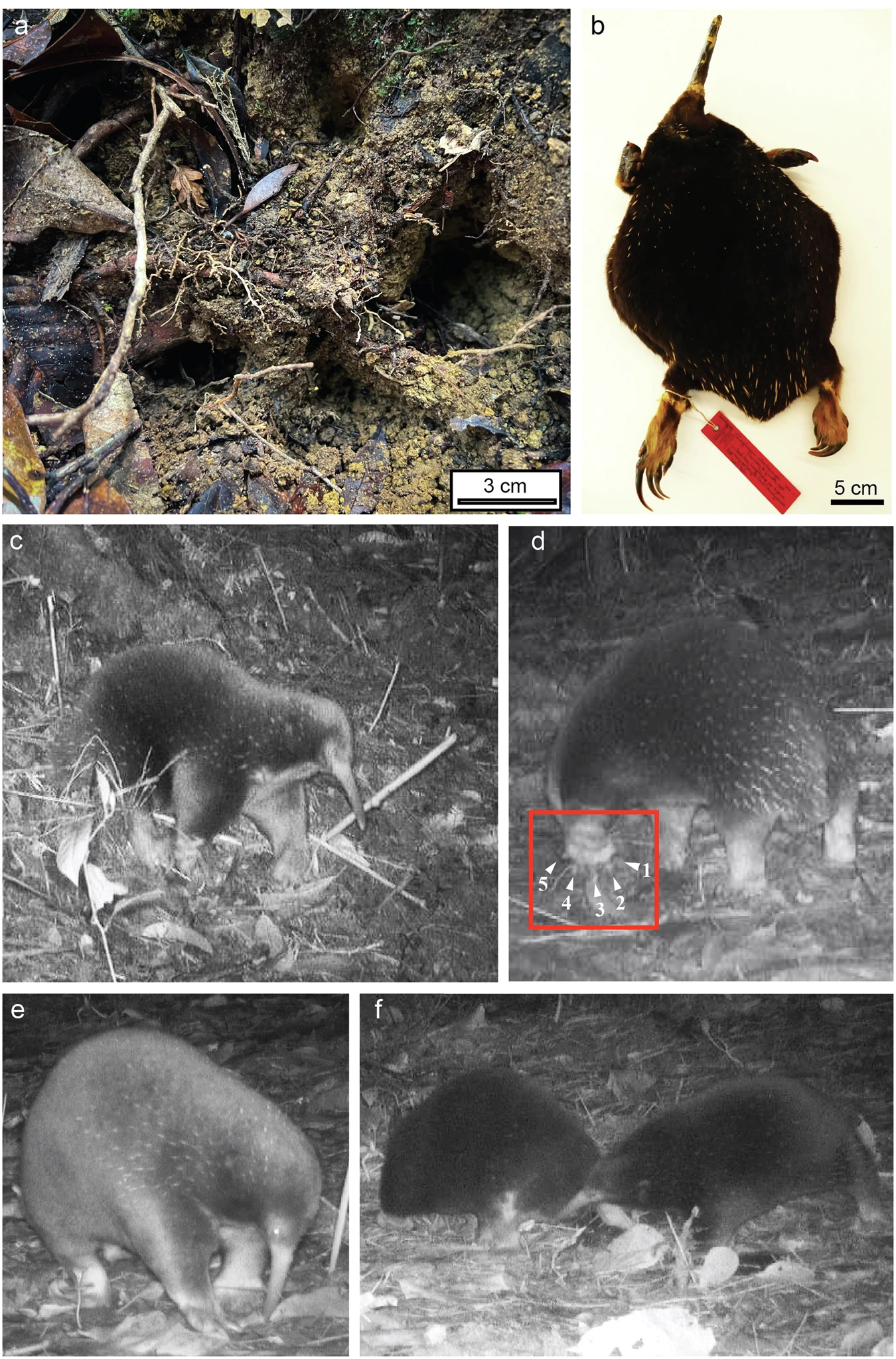Scientists have confirmed the rediscovery of Attenborough’s long-beaked echidna, a species long believed to be extinct for over six decades.
This ancient egg-laying mammal, named in honor of the legendary naturalist Sir David Attenborough, was found deep in the Cyclops Mountains of Indonesia’s Papua region. Known for its spiny coat and pointed snout, the echidna is often called a “living fossil” due to its ancient lineage, dating back around 200 million years to the age of dinosaurs.
The discovery, including photographic proof of a living individual, was published in the journal NPJ Biodiversity on May 12, 2025.
"Unrecorded for 62 years, we present the first scientific evidence that this species is still alive today," the research team led by scientists from the University of Oxford wrote in the study.
A Hard-to-Find Species, Finally Found
Until now, Zaglossus attenboroughi had not been seen in over 60 years. The only known evidence was a single deceased specimen stored at the Naturalis Biodiversity Center in the Netherlands.
But during a 2023 expedition to the remote Cyclops Mountains, which rise 2,000 meters above sea level, Oxford researchers captured potential images of the elusive echidna—raising hopes that the species still survives.

Using modern scientific techniques like camera traps, the team conducted a month-long survey in June and July 2023. They placed 73 motion-activated cameras across a 7-square-kilometer area, strategically locating them along animal trails, ridges, and suspected foraging holes where the echidna might dig for insects.
Crucially, the research also incorporated Indigenous knowledge passed down through generations. Local communities had long reported sightings of the creature, and their guidance played a vital role in directing the search.
In fact, evidence had been accumulating for years. As early as 2007, researchers found foraging holes believed to be made by the echidna.
Eventually, the trap cameras delivered the breakthrough: 110 photos across 26 separate encounters—irrefutable proof that Attenborough’s long-beaked echidna is not extinct and is still active in the wild.
Among the footage captured were images of the echidna feeding—and possibly courting behavior, with a male following a female.
A Remarkable Evolutionary Survivor
The long-beaked echidna is one of only five species of egg-laying mammals (monotremes) still alive on Earth today. These creatures belong to one of the oldest mammalian lineages, which diverged from other mammals (like marsupials and placentals) over 200 million years ago.
“We confirm the rediscovery of Zaglossus attenboroughi, one of just five surviving monotreme species and until now, one of the world’s most mysterious ‘lost species,’” the researchers wrote.

James Kempton, a biologist at the University of Oxford, noted that this rediscovery is vital for preserving evolutionary history.
While the species was originally identified in Papua New Guinea’s Oenaka Mountains, today the Cyclops Mountains in Indonesia are the only known modern stronghold for this unique creature.
“There are over 2,000 species currently listed as extinct. Some of them may truly be gone—victims of the global biodiversity crisis—but rediscoveries like this give us hope. Especially in places where biological exploration is limited,” the researchers emphasized.
This discovery is expected to boost conservation efforts for both the echidna and its fragile habitat in Indonesia.



















